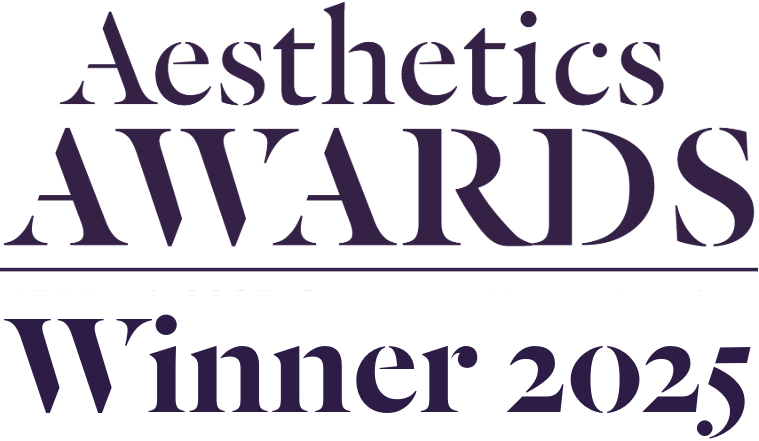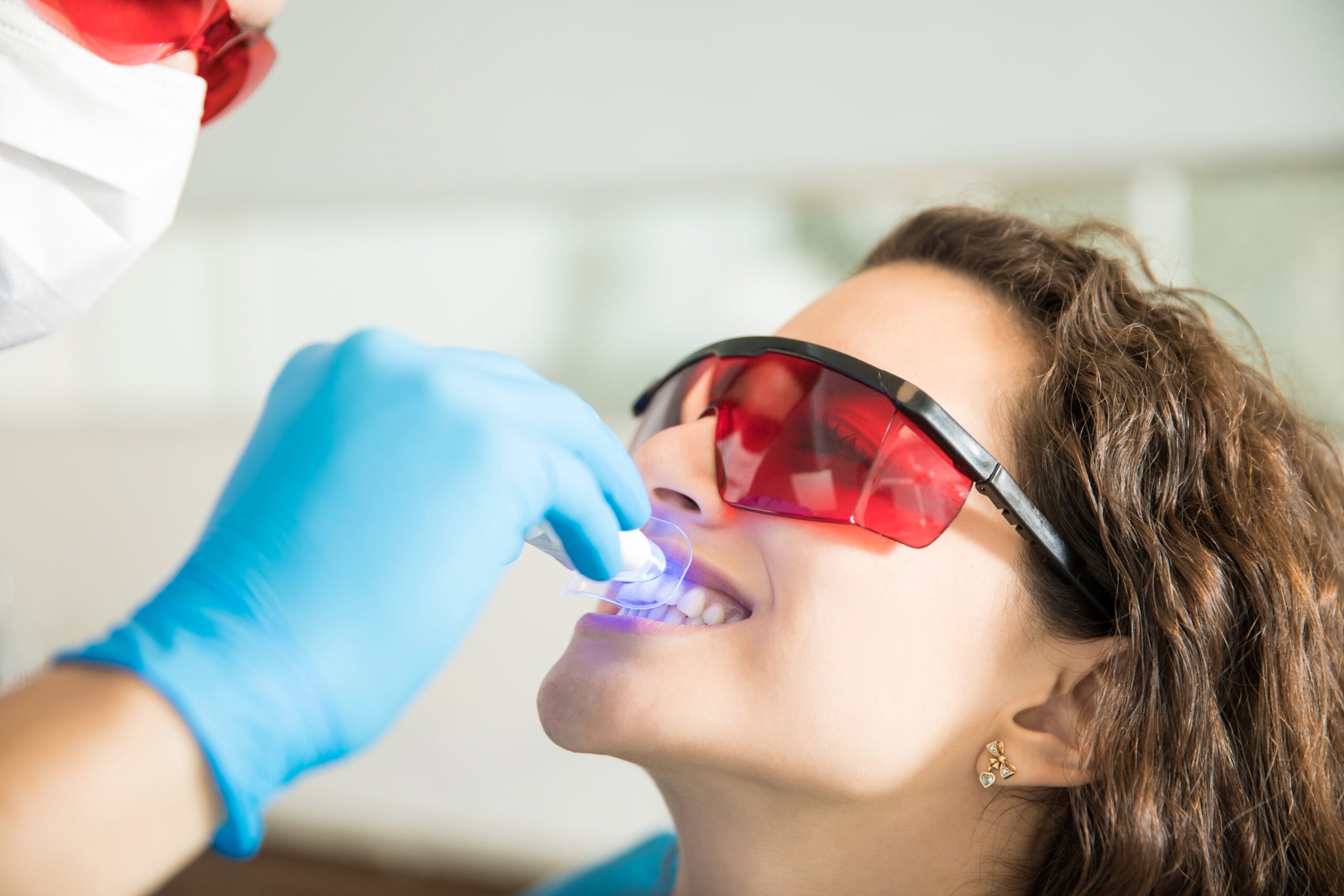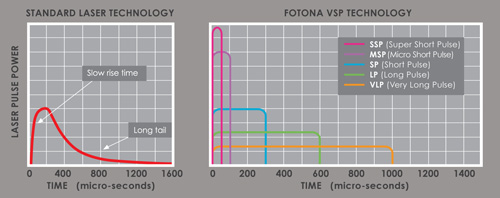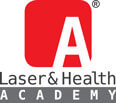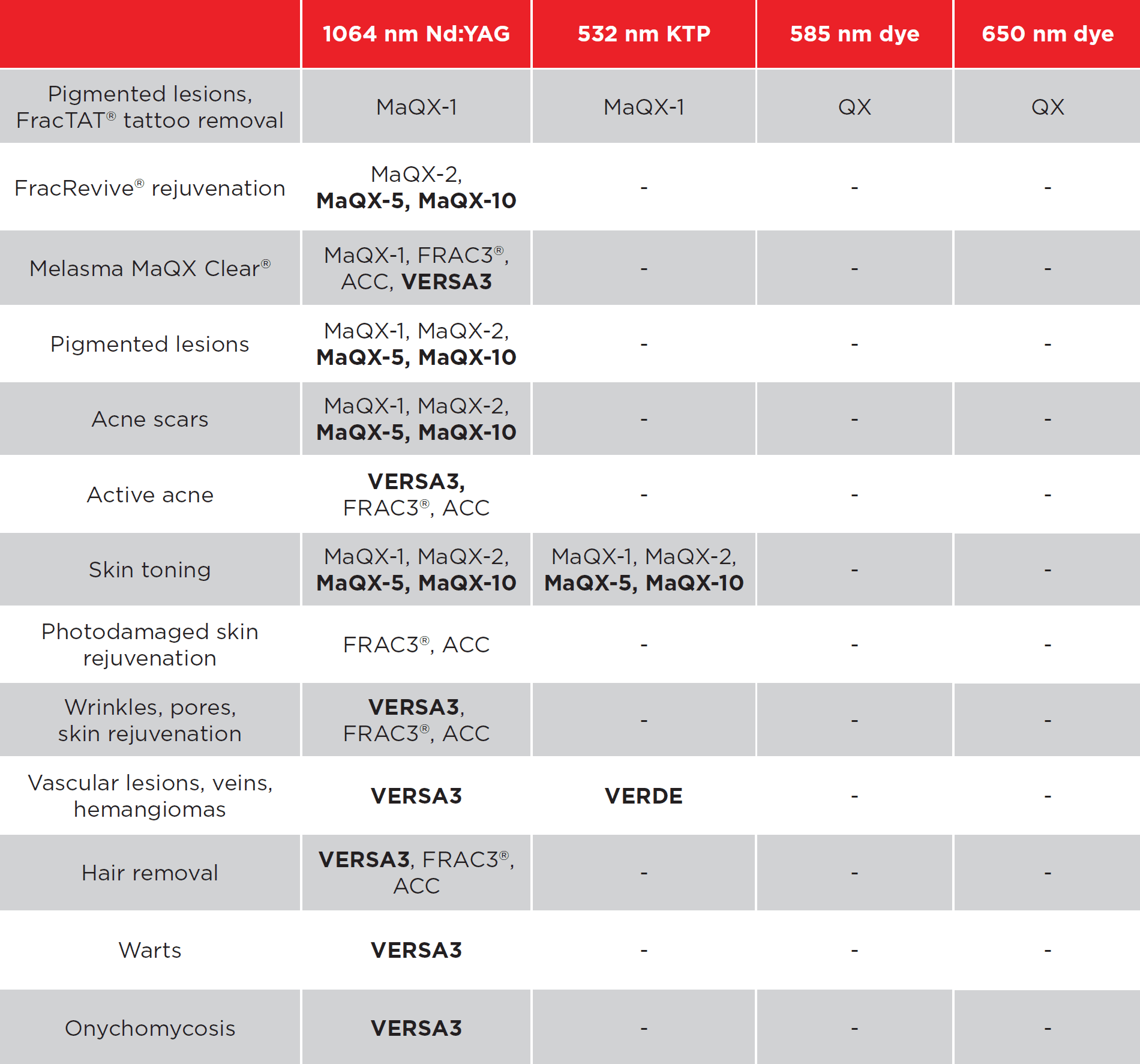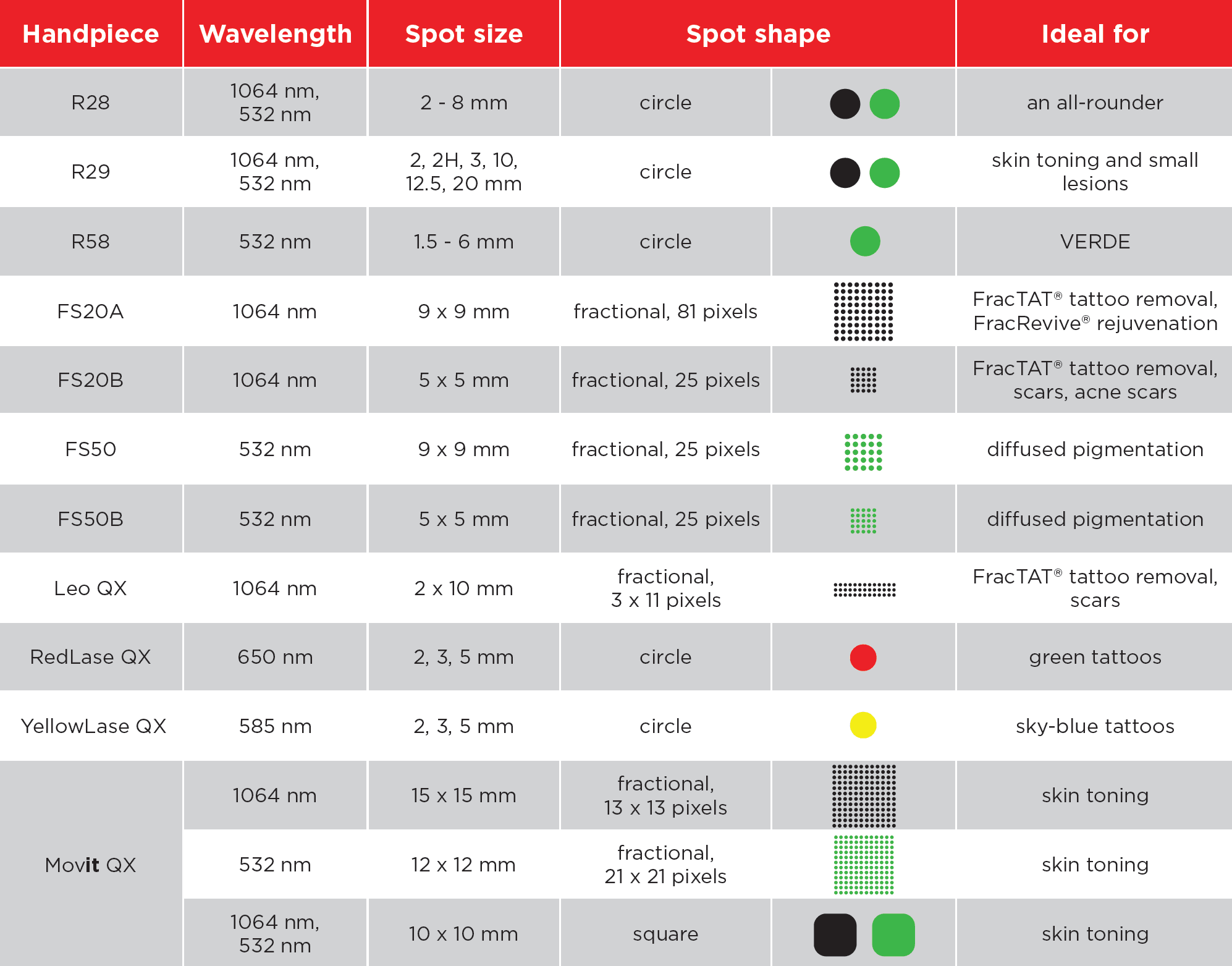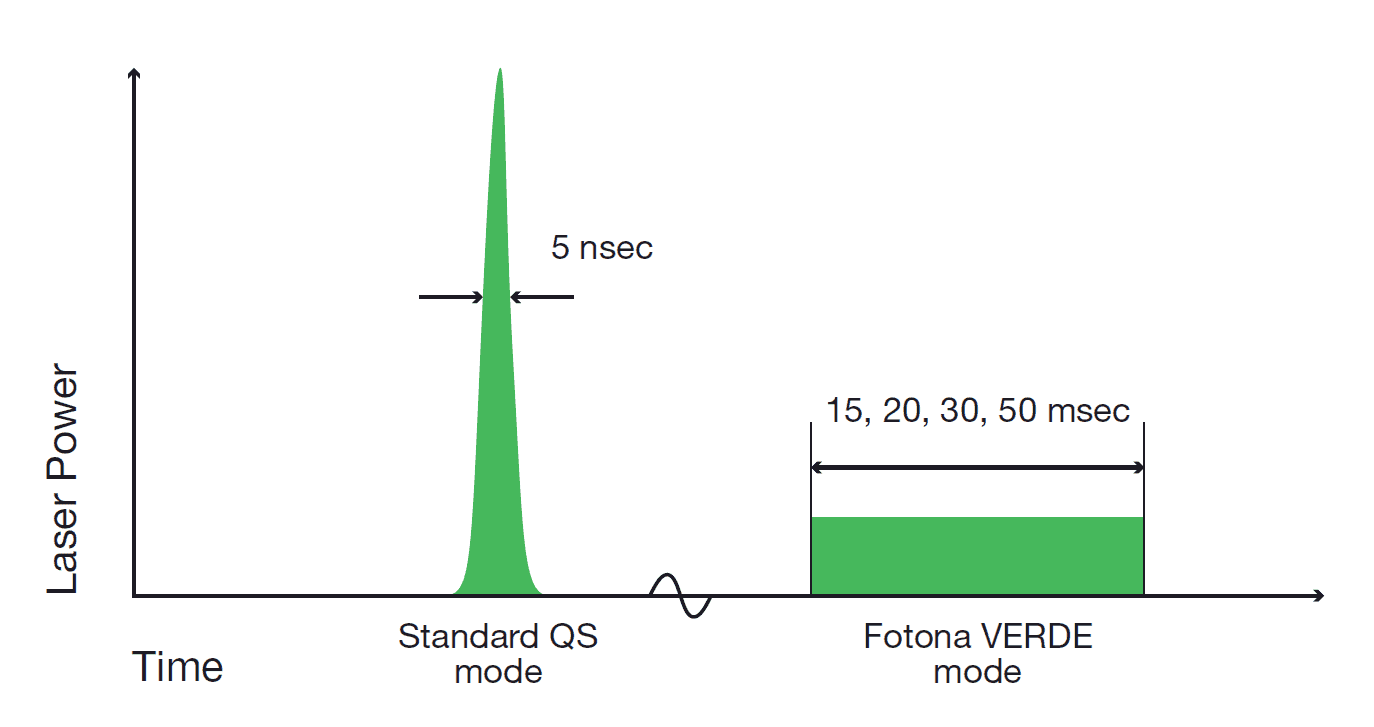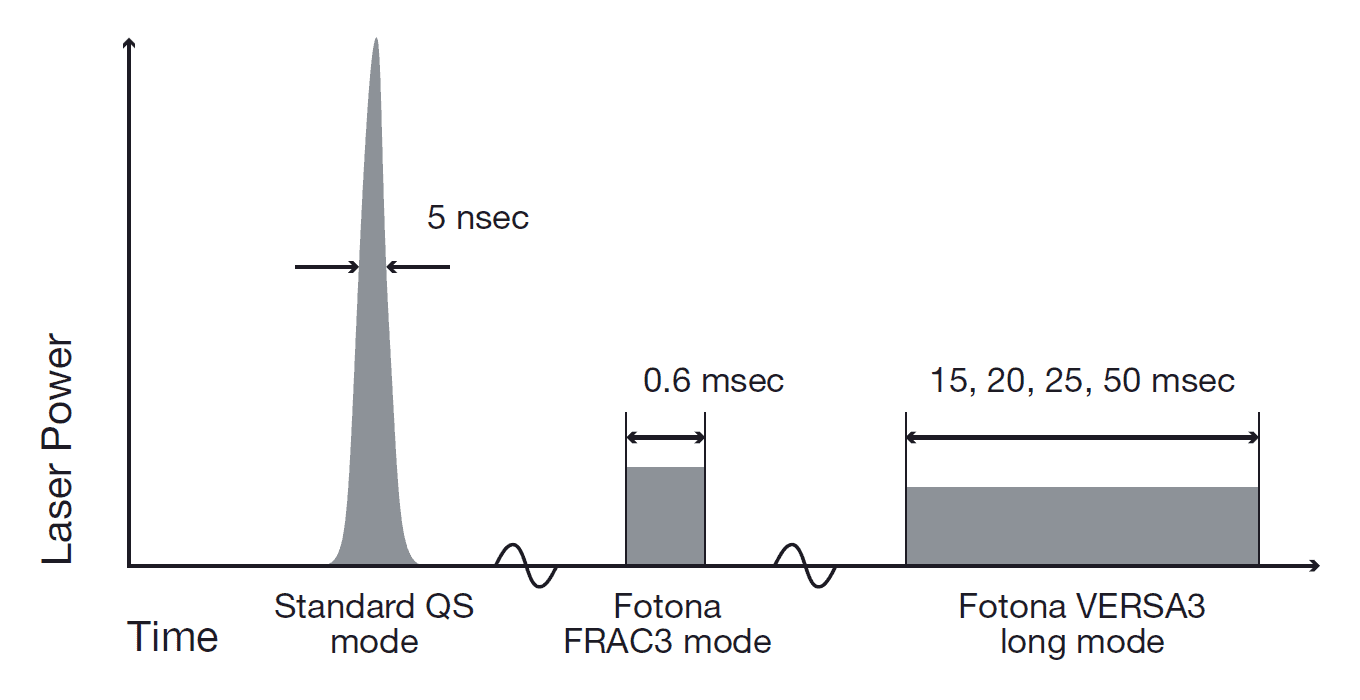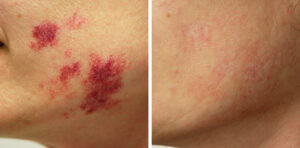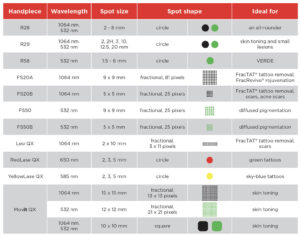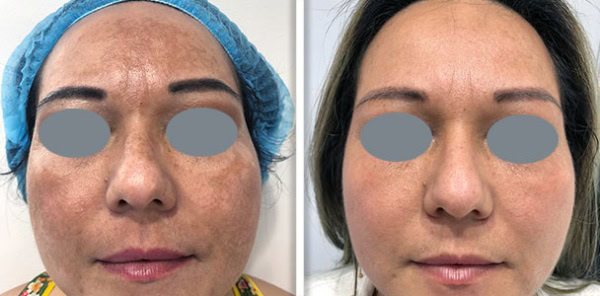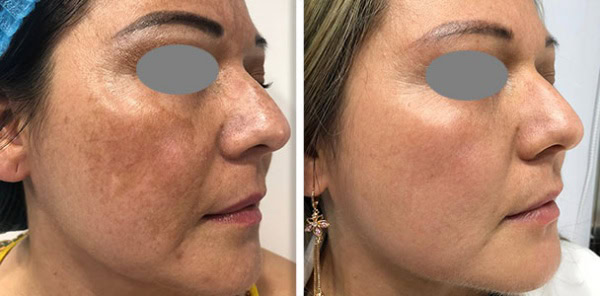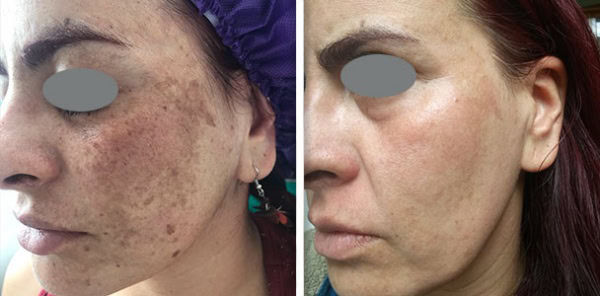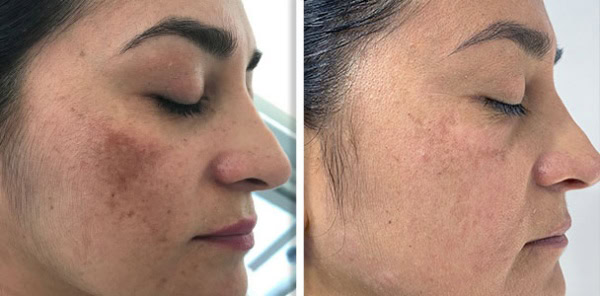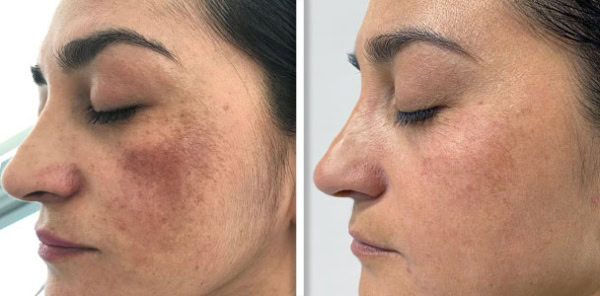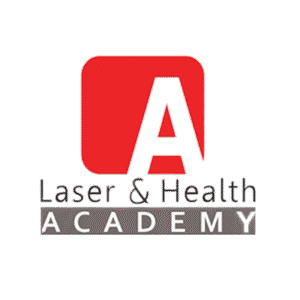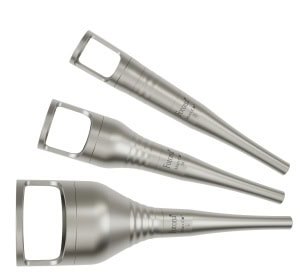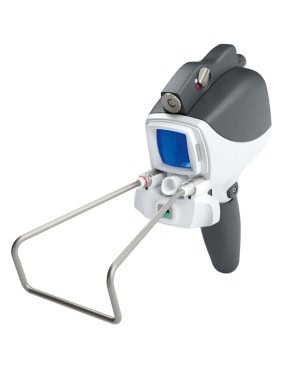Dental procedures have evolved significantly in recent years, and one of the most significant advancements has been the use of dental laser machines. These high-tech devices are transforming the way dental professionals treat patients, offering precision, faster recovery, and a more comfortable experience. But how exactly do these dental laser machines work? In this article, we’ll explore the mechanics of dental lasers, their various uses, and the benefits they offer to both patients and practitioners.
The Dental Laser Technology
The underlying dental laser technology is the process of light amplification. Laser has its name due to it being an acronym for light amplification by stimulated emission of radiation. Dental laser equipment utilizes concentrated light energy in carrying out various operations in the mouth. The laser is projected from a handpiece, and the handpiece is manually placed by the dentist in position to reach an exquisitely precise piece of tissue inside the mouth. Laser light energy released by dental lasers is utilized to directly reshape or restore the problematic tissue, rather than scalpels and mechanical drills that place pressure on the recontouring or excising of tissue.
Categories of Lasers:
Two broad categories of lasers are used in dental treatments: hard-tissue lasers and soft-tissue lasers. Both of them find numerous different applications.
1. Hard Tissue Lasers:
They are used extensively in tooth and bone surgery. The dentin and enamel of the tooth, which have water in them, absorb the beam of the laser, and the tissue is vaporized, and the dentist is able to reshape or remove the structure of the tooth without a drill. Energy is also used for facilitating the healing of the tooth so that the healing time becomes fast.
2. Soft Tissue Lasers:
Soft tissue lasers are used in soft tissue work and gum surgery. Soft tissue lasers target the water in the soft tissues, hence making them ideal for gum reshaping, gum disease treatment, and even frenectomies (frenulum removal). The laser beam is absorbed by the water in the soft tissue, thus reducing the bleeding with less healing time than conventional surgery.
Components of a Dental Laser Machine
A dental laser machine is made up of a number of important components that make it function properly. Some of the components are:
1. Laser Fiber/Handpiece:
This is the device that emits the laser beam. The fiber is typically mounted on a flexible handpiece, which the dentist will handle throughout the treatment. The handpiece projects the laser light to the spot where the tissue will be treated and offers precision and accuracy.
2. Laser Energy Source:
It is the core piece of equipment for the laser system. It could be usually a diode laser or solid-state laser producing light energy used to treat. It can provide various types of wavelengths of light for other types of dental treatment, depending on its model.
3. Cooling Mechanism:
Some of the dental lasers must be cooled to prevent overheating if used. The system incorporates built-in cooling mechanisms that keep the laser at the highest temperature level so that it can function at its highest level without causing harm to the surrounding tissue.
4. Control Unit:
The control unit offers the dentist the added comfort of adjusting the settings of the laser, i.e., the intensity of the light, the exposure time, and the nature of the treatment. It’s commonly associated with a digital feedback system that gives instant feedback.
5. Fiber Optic Cable:
A fiber optic cable is utilized for transferring the beam of power from the source of energy to the handpiece. Fiber optic cables can provide a means of directed delivery of energy to the point of treatment while exposing as little non-treatment tissue as possible.
Application of dental lasers:
Dental lasers have extensive applications that vary from superficial cosmetic manipulation to more complicated restorative therapies. Some of their most regular uses are
Treatment and Cavity Preparation:
Previously, the treatment of cavities used to mean drills, which were very painful, disruptive, and unpleasant. With the hard tissue lasers, there is also the choice of cavity preparation through the removal of rotten tooth structure by a highly concentrated beam of light. This is more accurate in the removal of rot without local anesthetic in most situations.
Gum Disease Treatment:
Laser is used effectively in the treatment of periodontal (gum) disease. Soft tissue lasers are used to eliminate infected gum tissue and periodontal bacteria from periodontal pockets. This promotes healing and reduces the risk of infection, which is most critical in tooth salvage.
Gum Contouring:
Cosmetic procedures can be employed to recontour gums with dental lasers. This is particularly beneficial for a person with a “gummy smile” or irregular gum lines. The laser and gentle shaping are used to create a better, more even smile.
Teeth Whitening:
Certain dental lasers are used with whitening gels to speed the process of whitening teeth. The laser heats the gel, speeding the bleaching procedure and producing better and faster results.
Treatment of Oral Lesions:
Oral lesions such as canker sores, cold sores, and small bumps are treated by using soft tissue lasers. The laser is directly placed on the affected tissue in a bid to enable healing to occur earlier and prevent pain and discomfort.
Benefits of Dental Laser
The application of laser in dentistry has several advantages over conventional therapy. Some of them are:
1. Less Discomfort and Pain:
The largest benefit of laser teeth is that it reduces the reliance on anesthesia. Much of the treatment using a laser is painless, causing little or no discomfort to the patient.
2. Less Bleeding:
Laser procedures are particularly adapted to seal blood vessels when they are being cut, minimizing bleeding during the procedure, particularly in soft tissue treatments like gum reshaping or periodontal care.
3. Shorter Healing Times:
Since lasers are so precise, they cause less trauma to surrounding tissue, and recovery is quicker, as well as causing less pain or swelling afterwards.
4. Lower Infection Risk:
The intense light energy of dental lasers kills bacteria in the treated tissue as it operates, significantly lowering the risk of infection post- and even during treatment.
5. Improved Accuracy and Control:
Dental lasers are more precise than other dental equipment, allowing dentists to operate with more accuracy. This is especially useful when operating on sensitive tissue such as gums or performing delicate procedures such as cavity preparation.
Considerations and Limitations
Not all patients or all dental procedures are suitable for dental lasers. Some of the limitations of the dental laser machines are:
Not Every Case:
For example, although dental lasers are very well suited to filling cavities in some cases, they are not necessarily very well suited to very deep cavities or cavities near the nerve of the tooth.
Training and Expense:
It is beyond the budget of most to own dental lasers, and none of the leading clinics do. Other than that, there is specialized training in their application on behalf of the dentists.
Laser Overheating Risk:
One can’t escape the danger of a laser overheating and damaging nearby tissue.
Conclusion
Dental laser technology is revolutionizing dentistry, healing patients more efficiently and comfortably and allowing dentists to perform accurate, less invasive treatments. Even fantastic as they are, they’re no magic bullet, but their advantages—less pain, quicker recovery, and reduced risk of infection—are a priceless gem for contemporary dental clinics. Whether you’re looking to treat a cavity, enhance your smile, or manage gum disease, dental lasers are helping make dental care more effective and patient-friendly than ever before.
Fotona laser machines contribute a lot to laser dentistry.
